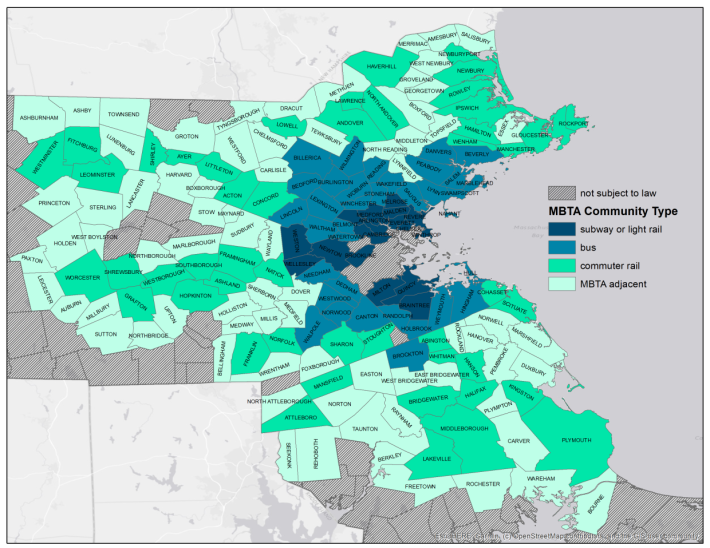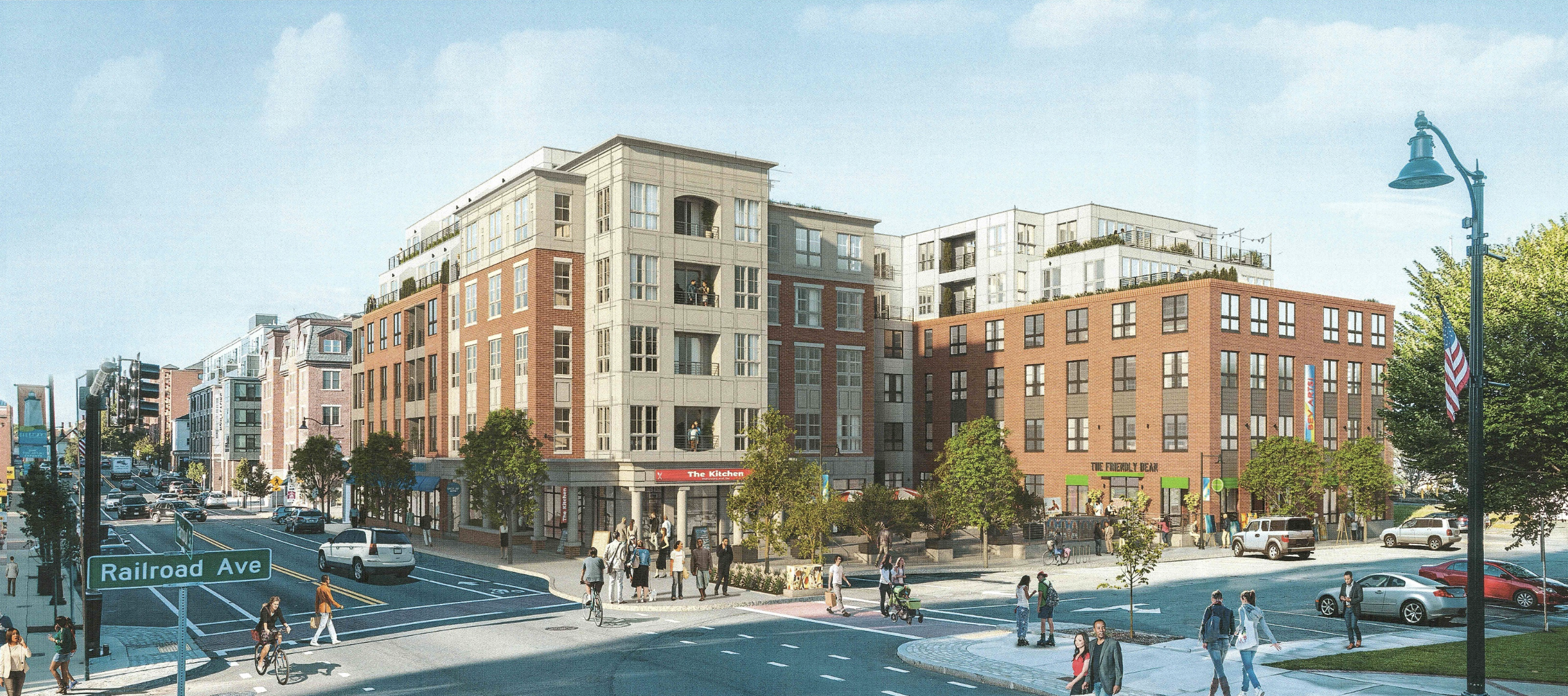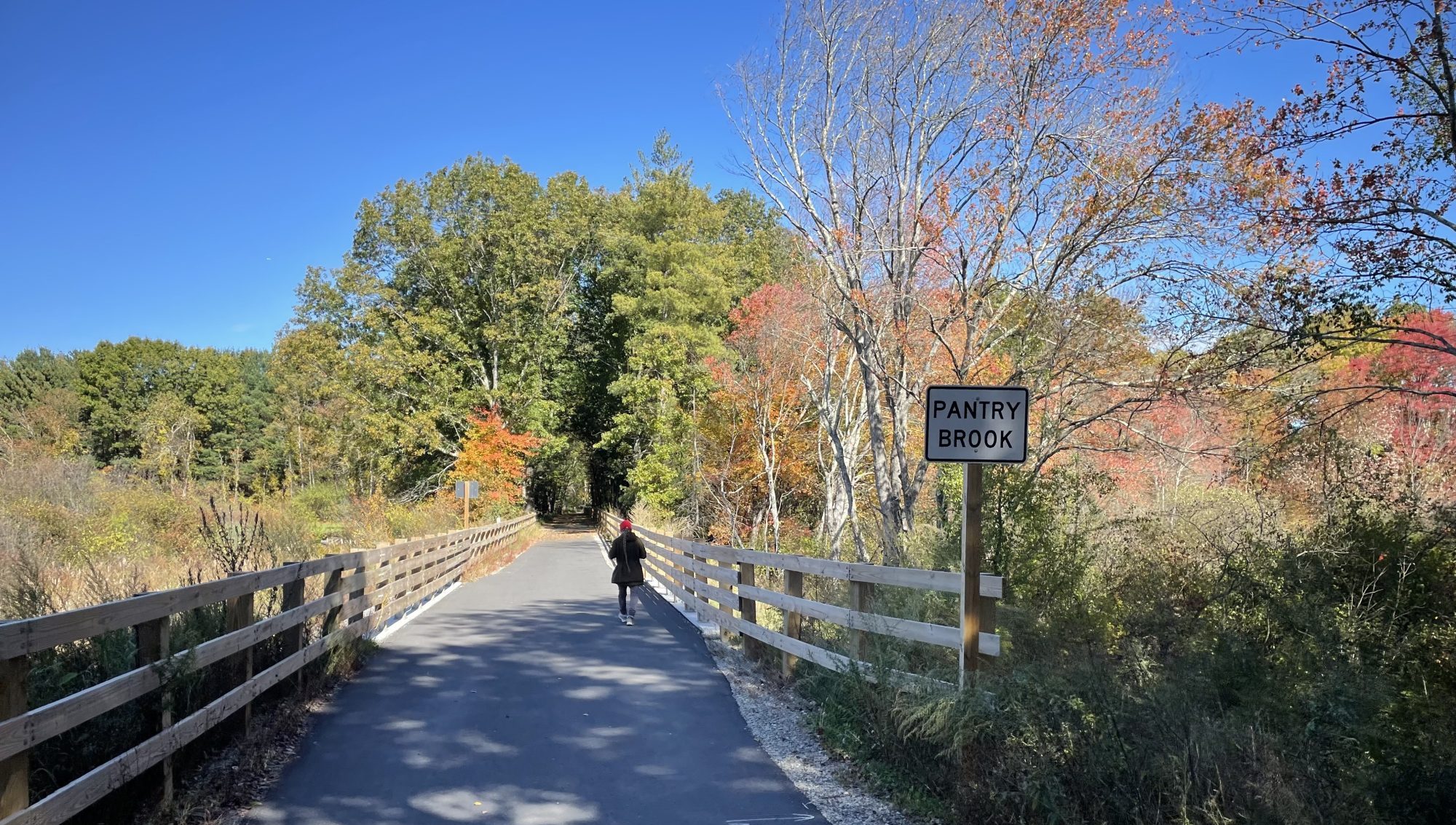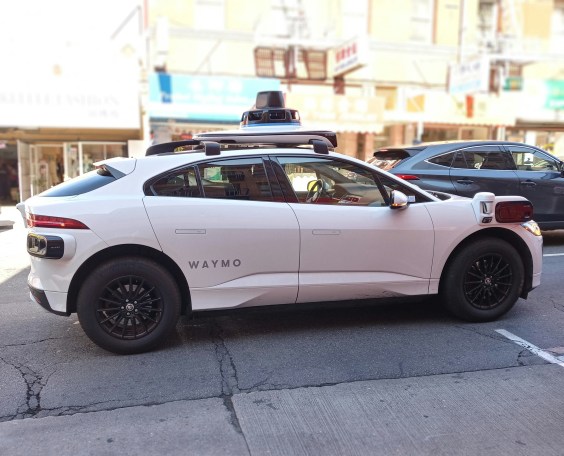The Baker administration is gearing up to implement a new law that could force suburbs in the MBTA service area to reform zoning laws and legalize the construction of tens or even hundreds of thousands of new homes near MBTA stations across eastern Massachusetts.
A new economic development law, signed by Gov. Baker in January 2021, established a new requirement for municipalities in the MBTA service area to legalize zoning for multifamily development. The law states:
An MBTA community shall have a zoning ordinance or by-law that provides for at least 1 district of reasonable size in which multi-family housing is permitted as of right; provided, however, that such multi-family housing shall be without age restrictions and shall be suitable for families with children. For the purposes of this section, a district of reasonable size shall: (i) have a minimum gross density of 15 units per acre… and (ii) be located not more than 0.5 miles from a commuter rail station, subway station, ferry terminal or bus station, if applicable.
On Wednesday, the state's Executive Office of Housing and Economic Development hosted a webinar for town planners and other local officials to review the state's draft implementation guidelines for the new law.
Michael Kennealy, the Commonwealth's Secretary of Housing and Economic Development, opened the event with a reminder of why legislators and the Governor supported the new law.
“From 1960 to 1990, Massachusetts permitted about 900,000 new homes. From 1990 to today, it’s been about half that,” said Kennealy. “So in a single generation, while our economy has grown, our population has grown, and our workforce has grown, our level of housing production has been cut in half. We estimate today we’re short by about 200,000 housing units… We’re in a housing crisis.”
In broad terms, the state's new guidelines will require most cities and towns in eastern Massachusetts to include a multifamily district of at least 50 acres (roughly the size of the Boston Common) near MBTA stations.
The regulations focus on creating more "zoning capacity," a planning concept that's probably best illustrated with an example. A suburb with 1,000 acres of land that's exclusively zoned for single-family homes on quarter-acre lots would have a capacity of 4,000 homes (that's four homes per acre, times 1,000 acres).
If that town were to re-zone a 100-acre district for multifamily development, where up to 15 homes per acre would be allowed, the zoning capacity of that district would be 1,500 homes (100 acres, times 15 homes per acre).
The state's draft guidelines would require bigger cities and towns, and towns with access to better transit services, to zone for higher levels of zoning capacity.
“For equity reasons and for access to transit, it is important to note that the higher your level of transit, the higher the requirement is to have a certain capacity in your zoning district,” explained Chris Kluchman, Deputy Director of the Community Services Division at the Mass. Dept. of Housing and Community Development.
Under the state's proposed implementation of the new law, 17 inner-core municipalities near a subway or light rail stop – including a handful of exclusive suburbs like Wellesley and Weston, which both have land within half a mile of the Green Line’s D branch – will be required to legalize a zoning capacity for multifamily dwellings equal or greater than 25 percent of the town’s existing number of homes.
That means that Weston, a town with roughly 4,000 existing homes, would need to create new zoning districts near the Riverside Green Line stop or around its three Fitchburg Line rail stations to create zoning capacity for at least 1,000 multifamily homes. And the town of Wellesley, which currently has about 9,300 homes, would need to create zoning districts near its regional rail stops or near the Green Line that could allow for 2,300 multifamily homes.
In a phone call with StreetsblogMASS on Wednesday afternoon, Don McCauley, planning director for the Town of Wellesley, said that his town hadn't yet grappled with the ramifications of the new law.
“We’re still trying to figure it out. It’s too soon to speculate what the impacts will be," said McCauley. "We’ve got a couple areas in town near the train stations with some multifamily properties already, so we’re looking at how those will factor into the new requirements.”
Towns within half a mile of an MBTA bus route – including suburbs like Lincoln and Hingham – would need to create zoning capacity for multifamily homes that's equivalent to at least 20 percent of the town’s existing number of homes, and towns with a regional rail stop would need to zone for a number of multifamily homes that's at least 10 percent of the town’s existing housing stock.
Finally, 79 other municipalities adjacent to other communities with MBTA service would also need to meet the law's minimum threshold by creating zoning districts that are at least 50 acres in size and allow at least 750 multifamily homes (or 50 acres at an average density of 15 homes per acre).
For those MBTA-adjacent communities, where the nearest T stop might be miles away, the guidelines suggest that the new multifamily zones “should have reasonable access to the transit station based on street patterns, pedestrian connections, and bicycle routes, or, following sustainable development principles, putting that multifamily district in an existing downtown or village center,” said Kluchman.
State agencies and the Massachusetts Housing Partnership, a statewide nonprofit organization, are also offering technical assistance to help local planners meet the new law’s guidelines, including online mapping tools that will help confirm whether proposed zoning districts would meet the state’s requirements.
Altogether, the new rules will apply to 175 municipalities across eastern and central Massachusetts – including nearly every city and town east of Framingham and north of Lakeville (note that even more municipalities will be subject to the law when the South Coast Rail project brings new regional rail stations to New Bedford, Fall River, Taunton, and Freetown):

The Metropolitan Area Planning Council (MAPC), a public regional planning agency based in Boston, estimates that the proposed guidelines would collectively create a zoning capacity for 344,000 multifamily housing units across the region.
MAPC notes that that amount of new housing will be necessary not only to address the existing housing shortage, but also for expected regional growth: according to a previous analysis, the 175 municipalities subject to the law are expected to gain about 215,000 additional households over the next two decades.
Whether the new law's additional zoning capacity will translate into actual housing construction remains to be seen. The law does not address other burdensome requirements on new development, like minimum parking requirements, that frequently block new housing from being built.
Still, state officials at Wednesday's webinar expressed hope that the new law will kick-start conversations about welcoming more housing in communities across eastern Massachusetts.
“There’s a reason why there’s so much interest in getting this law successfully implemented. Building multifamily housing and walkable neighborhoods near transit is good housing policy, it’s good transportation policy, and it’s good climate policy,” said Clark Ziegler, executive director of the Massachusetts Housing Partnership.
Previously on StreetsblogMASS:






